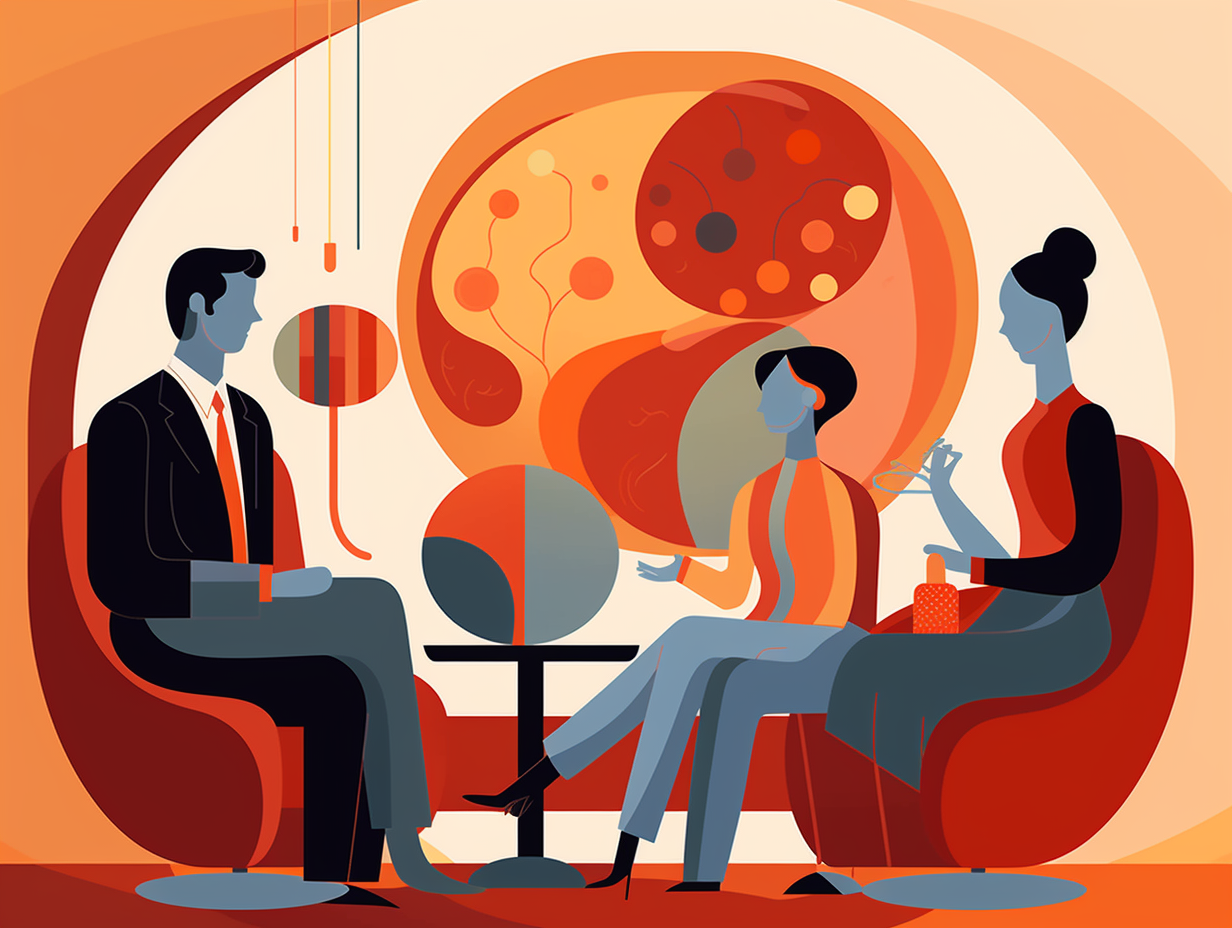Top 10 Amazing Cytoskeleton Fun Facts: Discover the Secrets of Cell Structure and Function!

1. Dance Party Proteins
Hold on to your hats, folks, because this cellular dance party just keeps on groovin': the microfilaments in the cytoskeleton are made of two intertwined strands of a globular protein called actin that can depolymerize and reform quickly, allowing cells to change their shape and move – like muscle cells contracting and white blood cells racing to battle infections. Both the Electric Slide and the Cell Slide in one protein-packed twist!
Source => bio.libretexts.org
2. Cellular Bouncer with a Heart of Gold
If the eukaryotic cell were a house party, the cytoskeleton would be the bouncer with a heart of gold, maintaining order and keeping guests moving on the dance floor: Surprisingly, the cytoskeleton not only contributes to a cell's shape and resilience, but also enables movement, intracellular transport, and external interactions. Recent research even suggests this multitasking marvel has a hand in determining a cell's function and fate on an epigenetic level.
Source => ncbi.nlm.nih.gov

Did you know the small intestine has a secret talent for tennis? Its nutrient-absorbing villi could cover an entire court! 🎾Discover how it aced this game.
=> Fun Facts about The-Digestive-System
3. Organelle Rollercoaster Ride
Hold on to your microtubules, we're going on an organelle rollercoaster ride: The cytoskeleton's microtubules and actin filaments not only serve as dynamic highways for intracellular transport, but they also control the size, shape, and placement of organelles in a truly one-of-a-kind, species-specific fashion.
Source => sciencedirect.com
4. Pilates for Cells
Psst, cells secretly attend Pilates classes too: The actin cytoskeleton, besides starring in muscle contraction, moonlights in non-muscle cells performing cell crawling and division, giving them strength and grace to pull on substrates, reshape epithelial sheets, and even divide into two like a cell-bending magician.
Source => ncbi.nlm.nih.gov

5. Overcooked Noodle Transformation
Ever feel like an overcooked noodle, struggling to stand against life’s gently simmering whims? That’s intermediate filaments for you – without phosphorylation, of course: This crucial cellular process transforms those languid strands into organized and dynamic structures, essential for activities like cell division during mitosis.
Source => ncbi.nlm.nih.gov
6. Cinderella's Cellular Separation Ball
Step aside, Cinderella's fairy godmother: the microtubules in our cells have been orchestrating majestic "separation balls" since way before glass slippers were a thing! Seriously, folks: these microtubules form the spindle apparatus during cellular division, allowing for the accurate separation of replicated chromosomes and ensuring each new cell gets a full set of the genetic royal treatment.
Source => mechanobio.info
7. Magical Chromosome Puppeteers
In an astounding feat worthy of Hogwarts, the cytoskeleton orchestrates a magical dance within our cells, moving chromosomes like a skilled puppeteer: The cytoskeleton's ever-changing assembly of proteins, such as microtubules and actin, enables precise chromosome movement during cell division, ensuring accurate organization without directly connecting to the cell's nucleus or affecting gene activity.
Source => frontiersin.org
8. IKEA-Assembling Cytoskeleton
If the cytoskeleton were responsible for assembling Ikea furniture, it would never need instructions and always have the right allen wrench: The cytoskeleton is composed of three major elements - microtubules, actin filaments, and intermediate filaments - all working together to provide mechanical support and enable crucial cellular functions, like a well-organized construction team for your cells.
Source => nature.com
9. Viral Hitchhikers on Cellular Ubers
Even viruses have caught a ride on the cellular highway: employing actin filaments as their Uber Pool and hitching microtubules as convenient Lyft Lines, these microscopic invaders traverse the inner terrain of their host cells with the ease of seasoned commuters. The twist? They've picked up some fancy cytoskeletal tricks from their hosts along the way, making them modern-day viral hitchhikers with a PhD in molecular logistics!
Source => ncbi.nlm.nih.gov

10. Unsung M-Band Hero of Muscle Tug-of-War
Flex your puny human muscles all you want, but the real hero of the day is the unsung M-band: a tiny, unassuming component of the cytoskeleton that keeps our sarcomeres from losing their groove mid-contraction. Talk about the unsung hero of the tug-of-war! Here's the deal: the M-band plays bouncer for thick filaments, crosslinking them in the center of the sarcomere like a robust elastic web, ensuring muscle fiber type and even cardiac hypertrophy are just right for maximum flexibility and strength.
Source => ncbi.nlm.nih.gov
Related Fun Facts




















